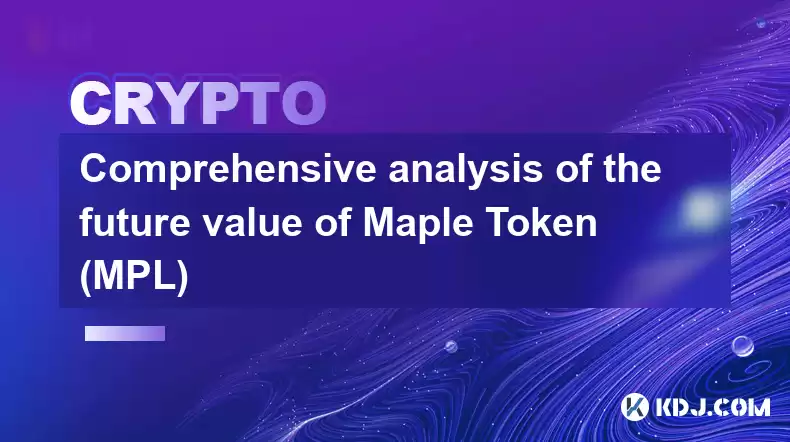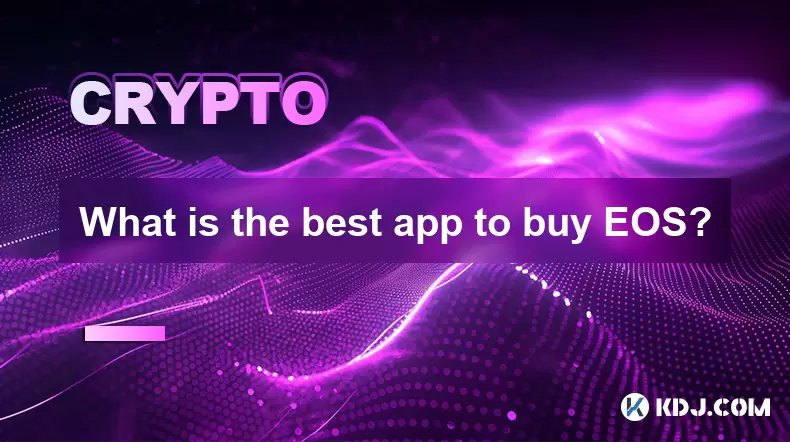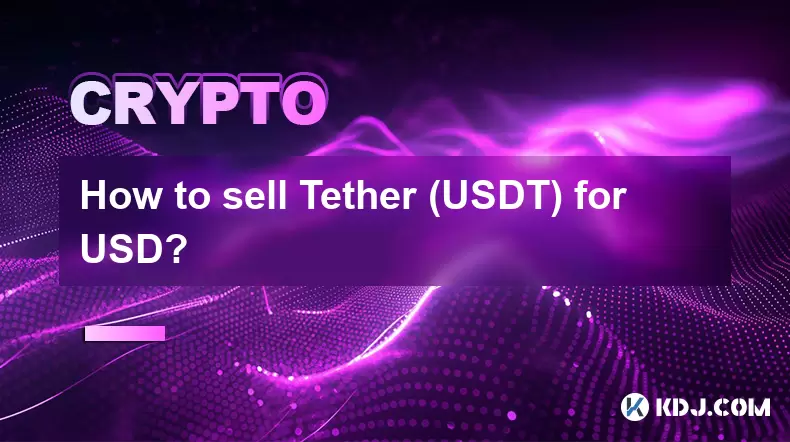-
 Bitcoin
Bitcoin $116300
2.01% -
 Ethereum
Ethereum $3815
5.35% -
 XRP
XRP $3.071
4.46% -
 Tether USDt
Tether USDt $1.000
0.02% -
 BNB
BNB $776.2
1.67% -
 Solana
Solana $173.0
5.70% -
 USDC
USDC $0.9999
0.00% -
 TRON
TRON $0.3389
1.14% -
 Dogecoin
Dogecoin $0.2125
5.92% -
 Cardano
Cardano $0.7627
5.16% -
 Hyperliquid
Hyperliquid $39.00
4.42% -
 Stellar
Stellar $0.4122
5.07% -
 Sui
Sui $3.654
7.22% -
 Chainlink
Chainlink $17.31
5.47% -
 Bitcoin Cash
Bitcoin Cash $582.2
4.28% -
 Hedera
Hedera $0.2521
3.53% -
 Ethena USDe
Ethena USDe $1.001
0.01% -
 Avalanche
Avalanche $22.77
3.47% -
 Litecoin
Litecoin $119.6
2.53% -
 UNUS SED LEO
UNUS SED LEO $8.944
-0.49% -
 Toncoin
Toncoin $3.288
3.95% -
 Shiba Inu
Shiba Inu $0.00001261
3.78% -
 Uniswap
Uniswap $10.12
5.80% -
 Polkadot
Polkadot $3.761
4.23% -
 Dai
Dai $1.000
-0.01% -
 Monero
Monero $285.1
-2.37% -
 Bitget Token
Bitget Token $4.387
1.43% -
 Cronos
Cronos $0.1476
5.88% -
 Pepe
Pepe $0.00001080
4.75% -
 Ethena
Ethena $0.6374
11.58%
Comprehensive analysis of the future value of Maple Token (MPL)
Maple Finance's native token, MPL, is influenced by factors like protocol revenue, loan origination volume, token utility, and overall crypto market conditions, with analysts predicting moderate growth potential in the coming years.
Dec 24, 2024 at 11:04 pm

Key Points:
- Maple Finance Overview and Tokenomics
- Factors Influencing MPL Value
- Historical Price Performance and Market Sentiment
- Future Price Predictions and Growth Potential
- Investment Considerations and Risk Management
- Staking and Yield Farming with MPL
- Maple Finance Ecosystem and Competitive Landscape
Comprehensive Analysis of the Future Value of Maple Token (MPL)
1. Maple Finance Overview and Tokenomics
Maple Finance is a decentralized lending platform that connects borrowers and lenders in a permissionless and censorship-resistant manner. It utilizes the Maple Token (MPL) as its native governance and utility token. MPL holders can stake their tokens to earn rewards, participate in protocol governance, and access exclusive features. The platform has facilitated billions of dollars in loan originations since its launch in 2021.
2. Factors Influencing MPL Value
- Protocol Revenue: Maple Finance generates revenue from origination fees, loan servicing fees, and interest payments. Higher protocol revenue typically leads to increased demand for MPL.
- Loan Origination Volume: The volume of loans facilitated through Maple Finance influences the demand for MPL. Increased loan originations signal growing adoption and confidence in the platform.
- Token Utility: MPL holders have exclusive access to certain platform features, such as governance voting and early-stage investing opportunities. Expanded token utility enhances the value proposition of MPL.
- Competitive Landscape: Maple Finance competes with other decentralized lending platforms, such as Aave, Compound, and Venus. The competitive landscape influences market share and demand for MPL.
- Overall Crypto Market Conditions: MPL is a cryptocurrency asset, and its value is influenced by the broader crypto market sentiment and price movements.
3. Historical Price Performance and Market Sentiment
Upon its launch in 2021, MPL surged to an all-time high of over $50 in May 2021. The token experienced significant volatility during the 2022 bear market, dropping to a low of around $1. However, it has since regained value and is currently trading above $5.
Market sentiment towards MPL is generally bullish, based on positive signals from indicators such as increasing protocol revenue, rising active users, and growing community interest.
4. Future Price Predictions and Growth Potential
Several analysts and market experts have made predictions on the future price of MPL. Here are some notable projections:
- DigitalCoinPrice: Predicts a moderate increase to around $10 by 2025.
- GovCapital: Forecasts a potential rise to $15 by the end of 2023.
- PricePrediction.net: Estimates a potential target of $20 to $30 in the coming years.
The growth potential of MPL is dependent on several factors, including:
- Adoption of DeFi by Institutional Investors: Increased participation from institutional investors can drive demand for MPL as a gateway to decentralized lending.
- Maple Ecosystem Expansion: Development of new features and integrations within the Maple Finance ecosystem can enhance the value proposition of MPL.
- Regulatory Environment: Favorable regulatory developments for DeFi could boost MPL demand by increasing market participation and reducing uncertainty.
5. Investment Considerations and Risk Management
Before investing in MPL, it is crucial to consider the following factors:
- Volatility: Cryptocurrency assets are subject to high price fluctuations. Investors should be prepared for both potential gains and losses.
- Market Competition: Maple Finance faces competition from established lending platforms. Future market share dynamics could impact MPL demand.
- Protocol Risk: Decentralized lending platforms carry inherent risks, such as potential loan defaults and smart contract vulnerabilities. Investors should carefully assess the protocol's risk management measures and insurance coverage.
To mitigate risks, investors should:
- Invest only what they can afford to lose.
- Diversify their portfolio across different crypto assets.
- Regularly monitor market trends and adjust their investment strategy as needed.
6. Staking and Yield Farming with MPL
MPL holders can stake their tokens on the Maple Finance platform to earn rewards. Staking MPL generates yield through origination rewards, interest payments, and protocol fees. The annual percentage yield (APY) varies depending on the staking period and the amount of MPL staked.
In addition to staking, some MPL holders also engage in yield farming strategies. This involves lending their MPL tokens on decentralized exchanges (DEXs) to earn interest or providing liquidity to MPL trading pairs. Yield farming offers the potential for higher returns but also carries additional risks.
7. Maple Finance Ecosystem and Competitive Landscape
The Maple Finance ecosystem consists of various components, including the lending platform, the Maple Core Pool, and the MPL token. The Maple Core Pool is a decentralized pool of capital provided by institutional lenders. Borrowers can access loans from the Maple Core Pool through the lending platform.
Maple Finance competes with several other decentralized lending platforms, including:
- Genesis: Focuses on providing loans to emerging crypto projects.
- Goldfinch: Specializes in providing undercollateralized loans to unbanked populations in emerging markets.
- Ribbon Protocol: Offers risk management and yield-generating strategies for decentralized finance (DeFi) assets.
Each platform has its own strengths and weaknesses, and investors should evaluate the features, risks, and investment opportunities associated with each one before making an investment decision.
Disclaimer:info@kdj.com
The information provided is not trading advice. kdj.com does not assume any responsibility for any investments made based on the information provided in this article. Cryptocurrencies are highly volatile and it is highly recommended that you invest with caution after thorough research!
If you believe that the content used on this website infringes your copyright, please contact us immediately (info@kdj.com) and we will delete it promptly.
- BlockchainFX, Bitcoin Swift, Crypto Presales: What's the Hype?
- 2025-08-07 19:10:13
- SHIB Community at Crossroads: Shytoshi Kusama's Leadership Under Scrutiny as Elections Loom
- 2025-08-07 18:30:13
- IREN Overtakes: A New King in the Bitcoin Miner Hashrate Race?
- 2025-08-07 16:31:29
- Memecoins Mania: Whales Eye Pepe Dollar (PEPD) as Bonk Cools Off, While MoonBull Hogs the Spotlight!
- 2025-08-07 16:51:17
- Unilabs, PEPE, and Investment Risk: Navigating the Crypto Hype
- 2025-08-07 16:31:29
- Meme Coin Mania: Rug Pulls, CZ-Inspired Tokens, and the Wild West of Crypto
- 2025-08-07 16:57:14
Related knowledge

Where can I buy UMA (UMA)?
Aug 07,2025 at 06:42pm
Understanding UMA and Its Role in Decentralized FinanceUMA (Universal Market Access) is an Ethereum-based decentralized finance (DeFi) protocol design...

What is the best app to buy EOS?
Aug 07,2025 at 04:35pm
Understanding EOS and Its Role in the Cryptocurrency EcosystemEOS is a blockchain platform designed to support decentralized applications (dApps) with...

How to sell Tether (USDT) for USD?
Aug 07,2025 at 03:29pm
Understanding Tether (USDT) and Its USD ValueTether (USDT) is a stablecoin designed to maintain a 1:1 value ratio with the United States Dollar (USD)....

How to sell my Bitcoincoin for cash?
Aug 07,2025 at 02:14pm
Understanding the Basics of Selling Dogecoin for CashSelling Dogecoin for cash involves converting your DOGE tokens into a fiat currency such as USD, ...

What is Chainlink (LINK)?
Jul 22,2025 at 02:14am
Understanding Chainlink (LINK): The Decentralized Oracle NetworkChainlink is a decentralized oracle network designed to bridge the gap between blockch...

What is Avalanche (AVAX)?
Jul 22,2025 at 08:35am
What is Avalanche (AVAX)?Avalanche (AVAX) is a decentralized, open-source blockchain platform designed to support high-performance decentralized appli...

Where can I buy UMA (UMA)?
Aug 07,2025 at 06:42pm
Understanding UMA and Its Role in Decentralized FinanceUMA (Universal Market Access) is an Ethereum-based decentralized finance (DeFi) protocol design...

What is the best app to buy EOS?
Aug 07,2025 at 04:35pm
Understanding EOS and Its Role in the Cryptocurrency EcosystemEOS is a blockchain platform designed to support decentralized applications (dApps) with...

How to sell Tether (USDT) for USD?
Aug 07,2025 at 03:29pm
Understanding Tether (USDT) and Its USD ValueTether (USDT) is a stablecoin designed to maintain a 1:1 value ratio with the United States Dollar (USD)....

How to sell my Bitcoincoin for cash?
Aug 07,2025 at 02:14pm
Understanding the Basics of Selling Dogecoin for CashSelling Dogecoin for cash involves converting your DOGE tokens into a fiat currency such as USD, ...

What is Chainlink (LINK)?
Jul 22,2025 at 02:14am
Understanding Chainlink (LINK): The Decentralized Oracle NetworkChainlink is a decentralized oracle network designed to bridge the gap between blockch...

What is Avalanche (AVAX)?
Jul 22,2025 at 08:35am
What is Avalanche (AVAX)?Avalanche (AVAX) is a decentralized, open-source blockchain platform designed to support high-performance decentralized appli...
See all articles

























































































